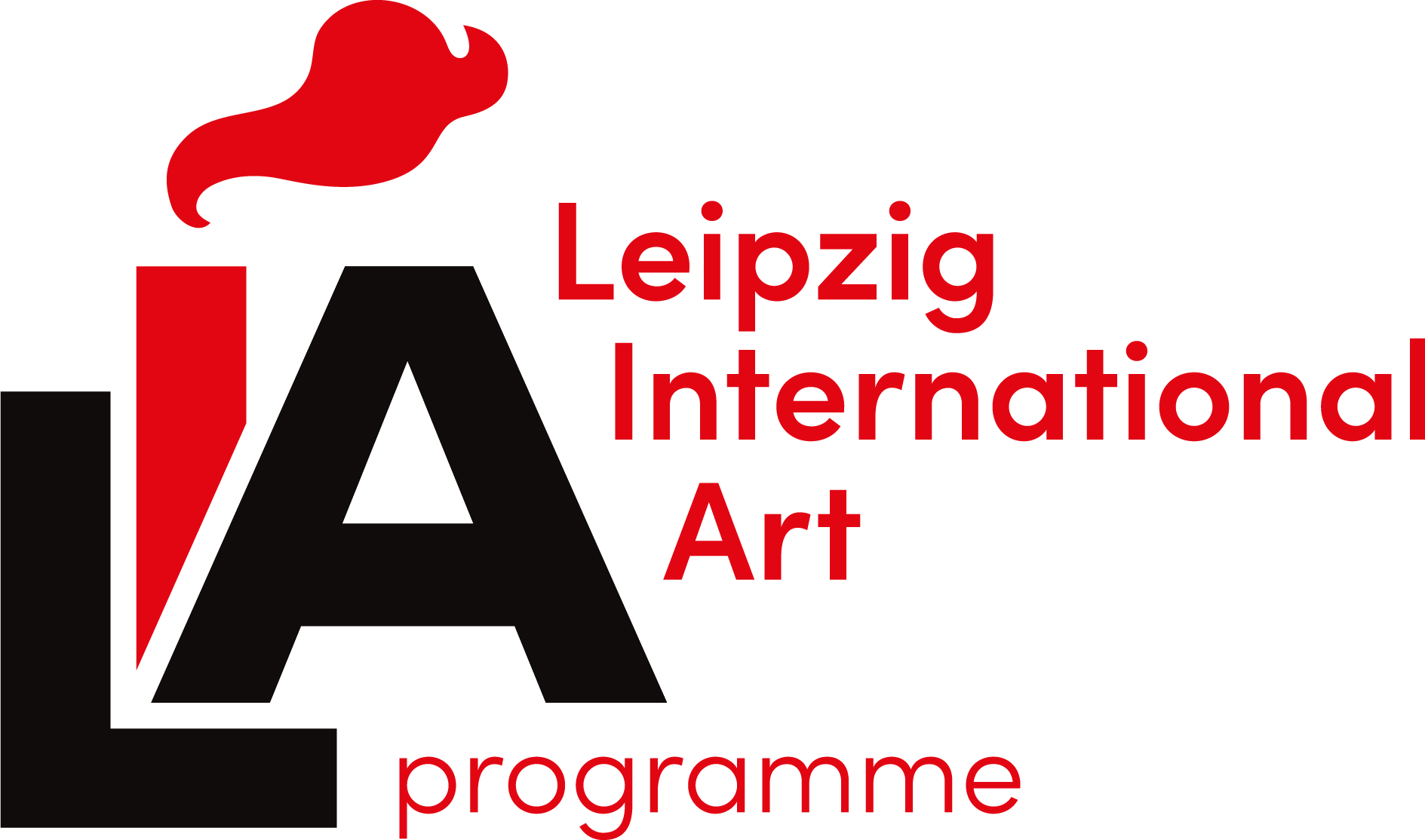The Language of Etching
by Anna-Louise Rolland
While the American National Anthem was being sung in the 1960s in the Outpost Theater in West Berlin before they showed Hollywood movies, two hundred kilometers away in Leipzig you could hear the “Internationale.” Cultural exchange with the United States only became possible after the Wall fell, and one of the oldest trade fair cities in the world had to bide its time. In the interim, Leipzig cultivated artistic traditions and passed this knowledge on to, for instance, the Academy of Fine Arts Leipzig, founded in 1764.
Leipzig has long been one of the most significant cities in the world for the graphic arts and printing industry, starting in the Middle Ages and up through to the early twentieth century. According to American artist Katie Armstrong, “It is witness to humanity’s earliest efforts to communicate and be connected.” Around 1900 there were over 180 printing shops and 840 publishers in Leipzig.
With the fall of the Wall, international interest in Leipzig’s traditions returned. The industry and trade cultures of America and Saxony had much in common, and this, in turn, helped them to cooperate on various levels. LIA – Leipzig International Art Programme, an artist residency program, founded in 2007 by Anna-Louise Rolland and located in the former cotton mill “Spinnerei,” was able to win the New York Academy of Art as one of its first partners and, later, the School of Visual Arts New York.
A productive and exciting cultural exchange began between the institutions, and with this a number of New York-based artists began traveling to Leipzig to work for several months at the residency in the “Spinnerei.“ This was the starting point of a cooperation between artists Vlado and Maria Ondrej and the independent. “Atelier für Radierung Leipzig” (Leipzig etching studio) they run, which we will discuss in this publication “We wanted to explore the edges of the medium, in collaboration with the artists from New York and Leipzig, within the context of painting, sketching, and etching, and to develop contemporary etchings.”
In 2009, the etching studio began inviting international artists to collaborate artistically with them using the medium of etching. To date they have produced nine editions. This tenth edition brings together works by German artists Henriette Grahnert, Franziska Holstein, Volker Hüller, Vlado and Maria Ondrej, and Matthias Weischer, with those of the Americans Katie Armstrong, Marcelo Daldoce, John Jacobsmayer, Kylie Lefkowitz, and Charlotte Segall.
This cooperation functions like a catalyst, similar to the Black Mountain School, that attracts local and international visual artists to the Spinnerei, to its workshops, ateliers, and art institutions — and, in turn, artists at the Spinnerei, such as Vlado and Maria Ondrej, also teach and offer master classes in the United States at the New York Academy of Art.
Etching as an artistic language is universal and not tied to cultural boundaries. Kylie Lefkowitz reports, “It was actually the first time I had ever made etchings. I ended up using all sorts of different tools to scratch the metal plates, such as nails, a hammer, a steel wool sponge, and sandpaper to create different textures, and I really loved the physicality of it. The technique of photogravure was new to me. I loved the way the photo images translated from digital files to artistic prints.” Etching is a sensual, tactile process.
New York-based German artist Volker Hüller added about the process, “Although the hand-drawn line remains personal, here it is cast in acid, filled with color, and is printed in reverse, which makes it more neutral. This is very freeing.” Etching is a richly facetted medium. It can be black and white but also multi-colored. Etching is a concession to the power of the image as language. It brings us closer to experienced reality in a different way than digital media. The physical, sensual experience of making an etching, as well as of viewing it, encourages a new perspective of things.
Etching allows one to concentrate on the picture within the context of a centuries-old medium of visual communication. According to Franziska Holstein, the diversity of the medium “shifts the focus away from the picture as an original.” This opens possibilities for transfer, communication, and exchange. “There are many identical pieces of art in the world. The notion that you can produce multiple pieces of an artwork that are all interchangeable is a very fascinating approach to me.” “The aspect of ephemeral becomes part of the work,” added the New York artist Kylie Lefkowitz.
Leipzig artists like Bastian Muhr, whose work is influenced by American minimal art of the 1960s and 1970s, have been artists-in-residence in New York City. Franziska Holstein went to Columbus, Ohio, “The distance from your day-to-day surroundings allows you to have an objective view.” American artists have come to Leipzig. Here they find a type of freedom that megacities often no longer have: affordable ateliers, time-honored knowledge, and space for experimentation, all bundled into a lively, creative urban scene. International and local artists enter into a discourse that leads to productive exchange.
Katie Armstrong praises the “wonderful strangeness of solitude when arriving in a foreign place, a world that is nonetheless always digitally connected through technology.” The objective perspective makes you more aware of what you see and absorb. Cultural commonalities and differences become more apparent. Kylie Lefkowitz writes: “New York is a big, beautiful monster. It’s an incredible eclectic center of culture and business. Leipzig in contrast was very down to earth.”
[masterslider id=”60″]
